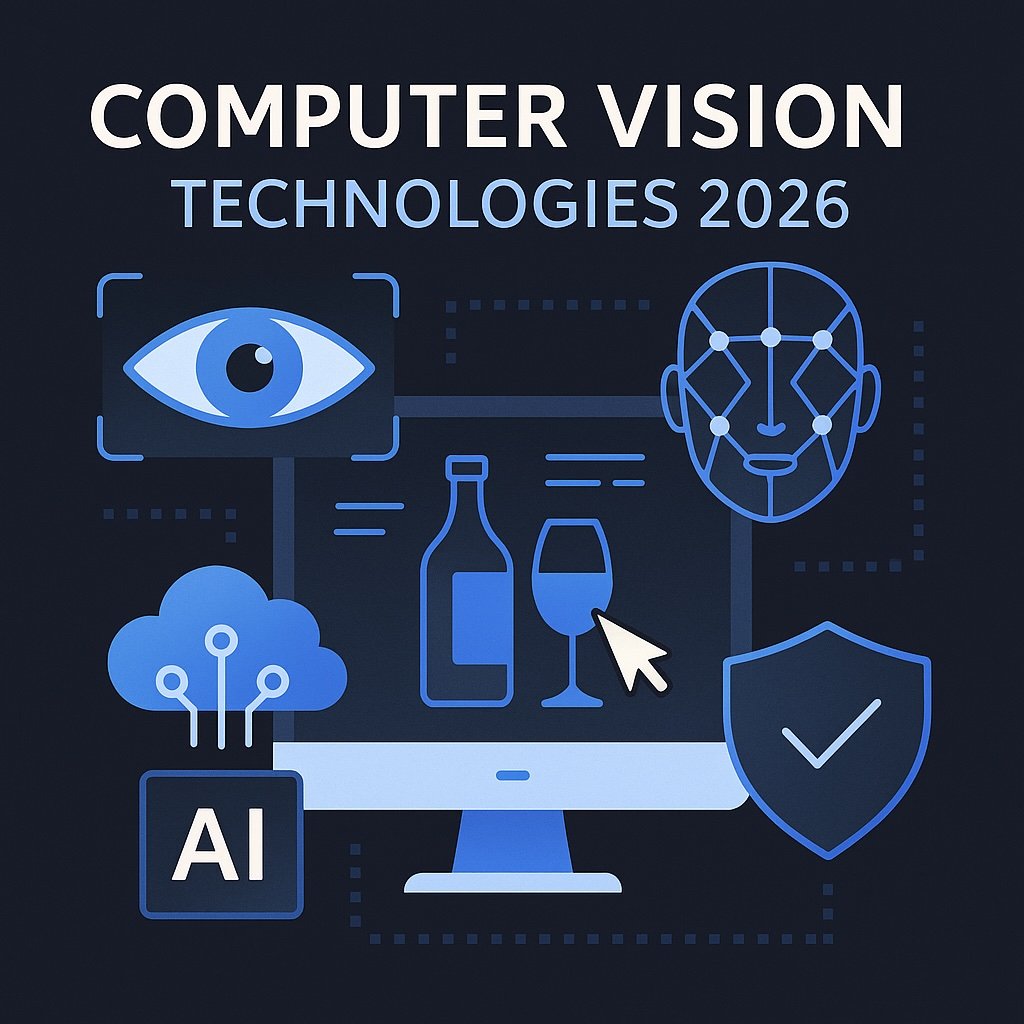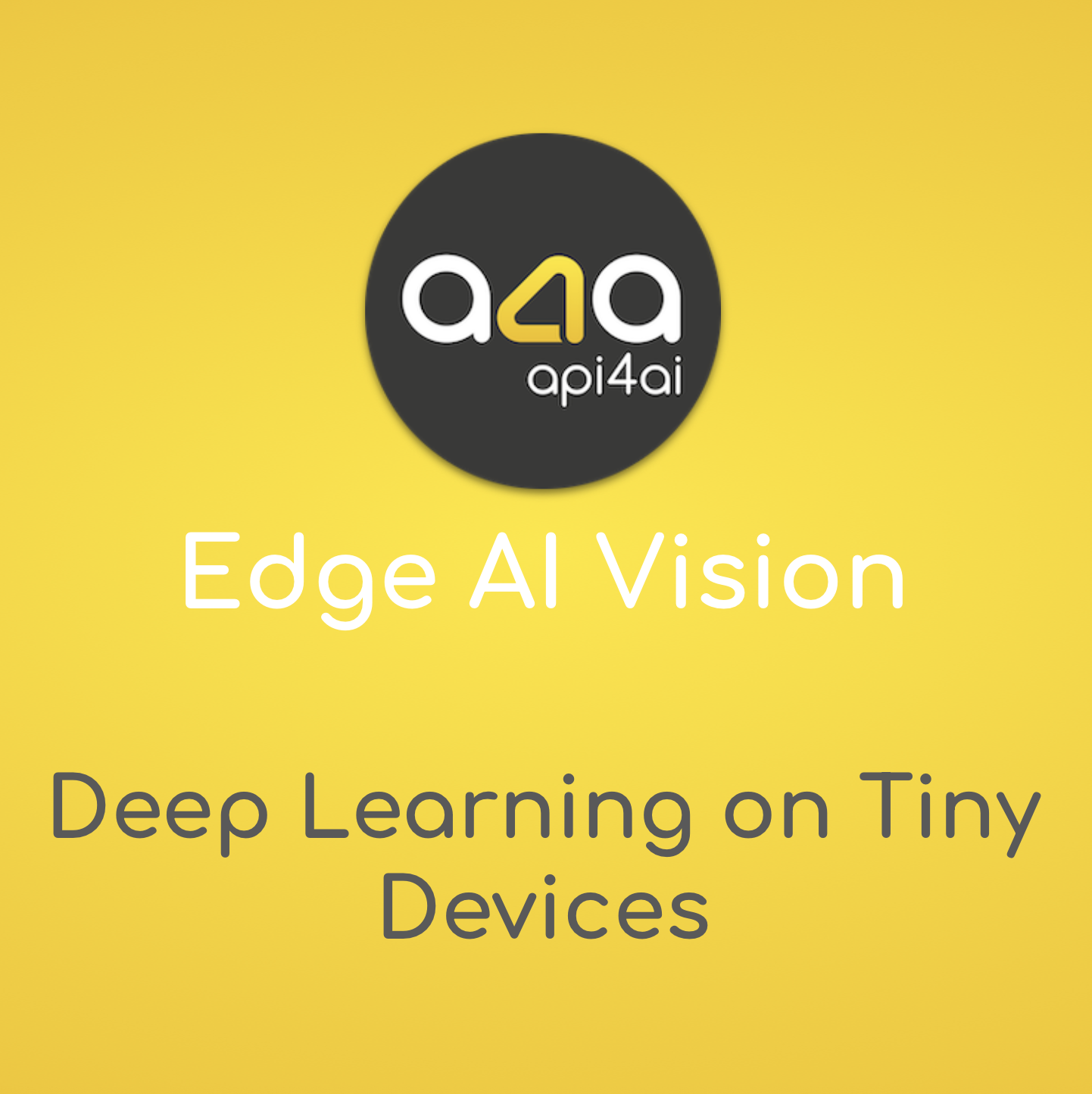
Cloud vs On-Prem: Which Is the Right Choice?
Cloud or on-prem? In 2025, this question is no longer just about infrastructure — it’s about innovation, speed, compliance, and cost strategy. As AI-powered image processing becomes integral to products and operations, C-level executives must weigh the trade-offs between agility, control, and long-term ROI. This post breaks down the key decision criteria, explores real-world deployment models, and reveals why hybrid strategies are becoming the blueprint for future-ready AI.

Computer Vision Technologies 2026: What to Expect
Computer vision is evolving faster than ever — reshaping how businesses interact with the visual world. From smarter retail displays and automated quality control to privacy-first AI and powerful image-to-text models, this year marks a turning point in how machines “see” and respond. In this post, we explore the top trends driving this shift, how industries are putting vision AI to work, and why combining ready-to-use APIs with custom development is the key to long-term success. Whether you're launching a new product or optimizing operations, understanding the future of computer vision starts here.

When Off‑The‑Shelf Fails: Custom Vision Solutions
Off-the-shelf vision APIs have made image recognition more accessible than ever, offering quick deployment and basic object detection capabilities. But when it comes to high-stakes industries like manufacturing, healthcare, agriculture and smart cities, the limitations of generic models quickly become apparent. Edge cases, domain-specific anomalies and real-time processing demands often expose gaps that standard solutions can't fill.
Custom vision models bridge this divide by delivering precision-tailored image recognition, built specifically for your business needs. Whether it's identifying microscopic defects on an assembly line, monitoring crop health from drone footage or ensuring brand protection in retail, bespoke models provide unmatched accuracy, reduced latency and full control over data privacy.
In this article, we explore the full journey — from identifying the weaknesses of off-the-shelf APIs to planning, building, and deploying a custom vision solution. Learn how the right development partner, combined with clear project scoping and smart MLOps practices, can transform your operations, reduce costs and give you a competitive edge in a data-driven world.

Edge AI Vision: Deep Learning on Tiny Devices
Edge AI Vision is transforming smartphones, drones and IoT cameras by bringing real-time image recognition and object detection directly onto tiny devices. In this guide, discover how lightweight architectures like MobileNet and YOLO Nano, combined with powerful techniques like pruning, quantization and knowledge distillation, make deep learning models fit and perform on limited hardware. Learn how to pick the right accelerators — from mobile GPUs to dedicated NPUs — and build a scalable deployment pipeline with on-device inference, OTA updates and cloud-edge synergy. Master the art of turning hardware constraints into strategic advantages and unlock the next wave of innovation with deep learning at the edge.

Top AI Trends Transforming the Telecommunications Industry in 2025
The telecommunications industry is evolving at an unprecedented pace and AI is at the center of this transformation. From predictive analytics that prevent network failures before they happen to AI-driven customer service that delivers hyper-personalized experiences, telecom providers are leveraging artificial intelligence to enhance efficiency, security and scalability.
Automated network operations powered by self-organizing networks (SONs) and edge computing are making real-time adjustments without human intervention, ensuring seamless connectivity even as demand skyrockets. Meanwhile, AI-powered security and fraud detection are safeguarding networks against cyber threats, keeping customer data protected and ensuring compliance. Computer vision technologies are also playing a crucial role, from automating infrastructure inspections to enhancing identity verification processes.
As 5G, IoT and cloud computing accelerate AI adoption, 2025 is set to be a defining year for the telecom industry. Companies that embrace AI-driven solutions now will lead the next wave of innovation, while those who hesitate risk falling behind. The future of telecommunications is intelligent, automated and powered by AI — are you ready to be part of it?

Top AI Trends Shaping the Security Industry in 2025: Expert Insights
The security landscape is rapidly evolving, and AI is at the forefront of this transformation. In 2025, artificial intelligence is redefining how businesses and institutions protect their assets, data, and people. From real-time threat detection and biometric authentication to intelligent cybersecurity and hybrid AI models, cutting-edge technologies are making security smarter, faster, and more efficient.
AI-driven surveillance systems are now capable of identifying suspicious activity instantly, reducing reliance on manual monitoring. Biometric authentication methods such as facial recognition and voice verification are enhancing access control, making security both stronger and more seamless. Meanwhile, AI-powered cybersecurity solutions are detecting and preventing cyber threats before they can cause damage, continuously learning from emerging attack patterns.
As organizations navigate this new era of security, investing in adaptable AI solutions will be key to staying ahead. By embracing AI-powered protection, businesses can not only enhance safety but also optimize operational efficiency and long-term resilience. The future of security is proactive, intelligent, and AI-driven — and it’s already here.

Cloud vs Edge: The AI Deployment Strategy for Image Processing in 2025
In 2025, the choice between cloud and edge computing isn’t just about technology — it’s about crafting a strategic AI deployment plan that balances speed, scalability and security. Cloud computing excels in handling complex, large-scale image processing tasks, while edge computing offers unparalleled speed for real-time applications. By combining the strengths of both in a hybrid approach, businesses can reduce latency, safeguard sensitive data and optimize costs. This blog explores how to leverage the cloud-edge synergy, adapt to evolving AI advancements and build a future-ready image processing strategy that drives innovation and growth.

Top Underrated AI Technologies You Haven't Heard Of Yet
While AI advancements like ChatGPT and autonomous vehicles dominate the headlines, many equally transformative technologies fly under the radar. This post explores underrated AI innovations such as self-supervised learning, federated learning, TinyML and vision transformers. These tools address challenges in data efficiency, privacy, edge computing, and image analysis, offering unique opportunities for businesses. By exploring these emerging technologies, organizations can unlock untapped potential, optimize workflows and gain a competitive edge in an ever-evolving landscape. Discover how these hidden gems can shape the future of AI innovation.

The Future of Computer Vision: Trends to Watch
Delve into the transformative world of computer vision and uncover the trends that are redefining how machines perceive and interact with visual data. From the latest advancements in deep learning architectures like Vision Transformers to the real-time capabilities unlocked by edge computing, this exploration highlights the fusion of computer vision with natural language processing and the rise of multimodal AI. Understand the ethical considerations surrounding data privacy and bias and discover how API-based and custom solutions are making sophisticated image processing accessible across industries. Stay ahead of the curve by embracing these innovations that are not only shaping technology but also driving business competitiveness in a rapidly evolving digital landscape.

Smart Cities and AI-Powered Image Processing: Enhancing Public Safety and Efficiency
As urban areas evolve into smart cities, AI-powered image processing is playing a critical role in enhancing public safety and operational efficiency. From real-time surveillance to predictive traffic management and infrastructure maintenance, AI-driven solutions are transforming the way cities operate. By leveraging advanced technologies like 5G, edge computing, and AI APIs, city planners and policymakers can build smarter, safer environments that benefit residents and businesses alike. In this blog, we explore the key applications of AI-powered image processing in smart cities and the future trends driving innovation in urban management.
